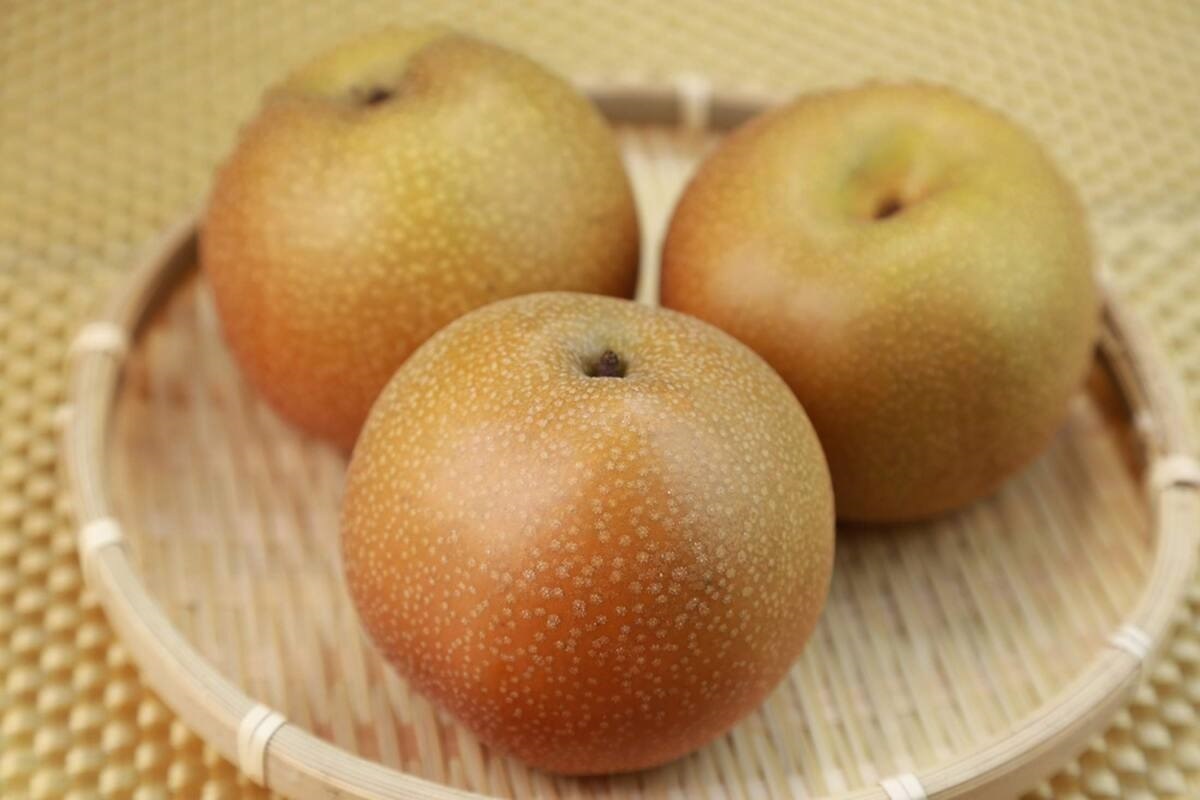

Articles
How To Store Asian Pears
Modified: August 27, 2024
Learn helpful tips and tricks for storing Asian pears with our informative articles. Keep them fresh and delicious for longer periods.
(Many of the links in this article redirect to a specific reviewed product. Your purchase of these products through affiliate links helps to generate commission for Storables.com, at no extra cost. Learn more)
Introduction
Welcome to our guide on how to store Asian pears! If you’ve ever bitten into a juicy, crisp Asian pear, you understand why they are a beloved fruit. With their fragrant aroma, sweet flavor, and unique texture, Asian pears are a delightful addition to any fruit bowl or recipe. However, since Asian pears have a shorter shelf life compared to other fruits, it’s important to know the proper storage techniques to keep them fresh and delicious for as long as possible.
Asian pears, also known as apple pears, hail from East Asia and have been cultivated for centuries. Unlike European pears, which have a softer texture, Asian pears have a crisp and crunchy consistency, similar to apples. They come in various varieties, each with its own distinctive flavor profile, ranging from sweet to slightly tart.
When it comes to selecting the perfect Asian pear, it’s crucial to choose one that is ripe but not overripe. Look for pears that are firm, with a smooth skin that is free from blemishes or bruises. The color of the pear may vary depending on the variety, but a slight yellowish or greenish hue is generally a good indication of ripeness.
In this comprehensive guide, we will walk you through the process of properly storing Asian pears to maintain their freshness, flavor, and texture. We will cover storing whole Asian pears, refrigerating them, freezing them for long-term storage, and even preserving them by canning or making jams. Finally, we will share some tips and tasty recipes to make the most of your stored Asian pears.
So, whether you have a bountiful harvest from your backyard tree or simply couldn’t resist buying a bag of these delicious fruits at the market, read on to learn how to store Asian pears and enjoy their delectable taste all year round!
Key Takeaways:
- Store Asian pears in a cool, dry place or refrigerate them for short-term freshness. Freezing and preserving through canning or making jams are great for long-term enjoyment. Get creative with recipes to savor their unique flavor and texture!
- Choose ripe Asian pears by checking firmness, color, and scent. Handle with care, remove stems, and inspect for damage before storing. Enjoy them fresh, in salads, baked goods, or as flavorful jams and sauces.
Read more: How To Store Bartlett Pears
Understanding Asian Pears
Before we dive into the proper storage methods, let’s take a moment to understand Asian pears and what makes them unique. Asian pears, scientifically known as Pyrus pyrifolia, belong to the Rosaceae family, which also includes apples and quinces.
Unlike their European counterparts, Asian pears have a distinctively crisp and juicy texture. They are often round or apple-shaped and vary in size, depending on the variety. The skin of Asian pears is smooth, with a range of colors from golden yellow to light green. Some varieties even have a reddish blush.
One of the defining characteristics of Asian pears is their high water content. This makes them incredibly refreshing and thirst-quenching, especially on warm summer days. The flesh of Asian pears is crunchy, similar to apples, with a delicate and subtly sweet flavor.
Asian pears come in various cultivars, each with its own taste and texture. Some popular varieties include Hosui, Shinko, Shinseiki, and Ya Li. The Hosui variety, for example, has a crisp and juicy texture with a sweet flavor that intensifies as it ripens. The Shinko variety, on the other hand, has a slightly tart taste with a hint of floral notes.
When selecting Asian pears, it’s helpful to consider your personal preferences and the intended use of the fruit. If you prefer a sweeter taste, opt for varieties like Hosui or Kosui. If you’re looking for a more tart and refreshing experience, try Shinko or Chojuro.
Asian pears are not only delicious but also packed with essential nutrients. They are a good source of dietary fiber, vitamin C, and potassium. These nutrients contribute to your overall health and well-being, supporting digestion, the immune system, and maintaining healthy blood pressure levels.
Now that we have a better understanding of Asian pears and their characteristics, let’s move on to the next section to learn how to choose ripe Asian pears for optimal storage.
Choosing Ripe Asian Pears
When it comes to storing Asian pears, selecting the right ones at the peak of ripeness is crucial. Ripe Asian pears not only taste the best but also have a longer shelf life. Here are some tips to help you choose ripe Asian pears:
- Check the Firmness: Gently press the pear near the stem. Ripe Asian pears should yield slightly to pressure without being too soft or mushy. Avoid pears that are rock hard as they are not yet ripe.
- Examine the Color: The color of Asian pears can vary depending on the variety. Look for pears with a smooth and evenly colored skin. The color may range from golden yellow to light green, or even have a slight reddish blush, depending on the variety.
- Scent Test: Give the pear a sniff near the stem. Ripe Asian pears will have a fragrant aroma. If the pear has no scent or smells fermented, it may be overripe or spoiled.
- Avoid Bruised or Damaged Pears: Choose Asian pears that are free from bruises, cuts, or any other visible damage. Damaged pears are more likely to spoil quickly and won’t store well.
It’s important to note that Asian pears can be picked slightly underripe as they continue to ripen off the tree. This means you can purchase slightly firm pears and allow them to ripen at home. Simply leave them at room temperature, preferably in a bowl or fruit basket away from direct sunlight.
Once the Asian pears have reached the desired level of ripeness, you can proceed with storing them properly to prolong their shelf life and maintain their flavor and texture.
In the next section, we will delve into the basics of storing Asian pears and explore the different methods you can use to keep them fresh for an extended period.
Storing Asian Pears: The Basics
Proper storage is essential to maintain the freshness, flavor, and texture of Asian pears. Whether you have a small harvest from your backyard tree or bought a bunch from the market, following these basic guidelines will help you store Asian pears effectively:
- Handle With Care: Asian pears are delicate fruits, so handle them with care to avoid any bruising or damage. Squeeze them gently and avoid dropping or stacking them on top of one another.
- Remove Stems and Leaves: Before storing Asian pears, remove any stems or leaves attached to the fruit. Leaving them intact can cause moisture buildup and accelerate spoilage.
- Inspect for Damage: Examine each pear for any signs of bruising, cuts, or other visible damage. Discard any damaged ones as they can spoil quickly and affect the quality of other pears.
- Don’t Wash Before Storage: It’s best not to wash Asian pears before storing them. Washing can remove the natural protective coating on the skin, making them more prone to spoilage.
Now that you have prepared the Asian pears for storage, let’s explore different storage methods that cater to your needs and the longevity you desire for your pears.
In the next sections, we will cover various ways to store Asian pears, including storing them whole in a cool place, refrigerating them for short-term storage, freezing them for long-term storage, and even preserving them through canning and making jams. Stay tuned!
Storing Whole Asian Pears
One of the simplest ways to store Asian pears is to keep them whole in a cool, dry place. This method is ideal if you want to enjoy the pears over a short period of time. Here’s how to store whole Asian pears:
- Select the Right Location: Find a cool and dry place in your home, such as a pantry or cellar, with a temperature range of 45-55°F (7-13°C). Avoid storing them near sources of heat or direct sunlight, as this can accelerate ripening and spoilage.
- Arrange Pears Gently: Place the Asian pears in a single layer in a shallow basket or tray, making sure they do not touch each other. This allows for proper air circulation and prevents any potential bruising or rotting from contact.
- Check Periodically: Regularly inspect the pears for any signs of spoilage. Remove any pears that have started to soften or develop dark spots to prevent them from affecting the others.
Stored properly, whole Asian pears can last for about 1-2 weeks. As time passes, the pears may soften and become juicier, which can be desirable if you prefer a riper texture. However, if you notice any signs of mold, excess softness, or off odors, it’s best to discard the pear to avoid spoilage.
Now that you know how to store whole Asian pears, let’s explore another option: refrigerating them for extended freshness.
Store Asian pears in the refrigerator to keep them fresh. Place them in a plastic bag to prevent moisture loss and store them away from strong-smelling foods to avoid absorbing odors.
Read more: How To Store Cut Pears
Refrigerating Asian Pears
If you want to extend the shelf life of your Asian pears and keep them fresh for a longer period, refrigerating them is a great option. The cool temperature of the refrigerator helps to slow down the ripening process and preserve the texture and flavor. Here’s how to refrigerate Asian pears:
- Prepare Pears: Ensure that the Asian pears are clean and dry. Remove any stems or leaves and gently wipe them with a soft cloth or paper towel to remove any dirt or moisture.
- Choose the Right Storage Container: Place the Asian pears in a ventilated container or perforated plastic bag to allow for proper air circulation. This helps to prevent moisture buildup and prolong the freshness of the pears.
- Set Refrigerator Temperature: Adjust the temperature of your refrigerator to around 32-36°F (0-2°C). This range provides an optimal environment for slowing down the ripening process without freezing the pears.
- Careful Placement: Store the Asian pears in the crisper drawer of your refrigerator, away from any ethylene-producing fruits like bananas or apples. Ethylene is a natural gas released by certain fruits that can hasten the ripening process of neighboring fruits.
Refrigerated Asian pears can stay fresh for up to 2-3 weeks, depending on their initial ripeness. Remember to periodically check the pears for any signs of spoilage and remove any damaged or overripe ones to prevent them from affecting others.
It’s important to note that refrigeration may slightly alter the texture of Asian pears. They may become a bit softer and juicier compared to when stored at room temperature. However, the flavor and overall quality of the pears should still be preserved.
Now that you know how to refrigerate Asian pears, let’s explore another method of extending their storage life: freezing.
Freezing Asian Pears
If you have an abundance of Asian pears or want to preserve them for an extended period, freezing is a great option. Freezing Asian pears allows you to enjoy their delicious taste and texture even months after harvesting or purchasing. Here’s how to freeze Asian pears:
- Prepare Pears: Start by washing the Asian pears under cool running water. Pat them dry with a towel and remove any stems or leaves. Peeling the pears is optional and depends on personal preference.
- Slice or Dice: Cut the pears into slices or dice them, depending on how you plan to use them later. If slicing, aim for slices around 1/4 to 1/2 inch thick.
- Treat with Anti-Browning Agent: To prevent browning, you can treat the pear slices or dice with a solution of lemon juice or ascorbic acid. This helps to preserve the color of the fruit. Simply toss the pear pieces in the solution and let them sit for a few minutes before draining.
- Pack for Freezing: Arrange the sliced or diced Asian pears in a single layer on a baking sheet lined with parchment paper or a silicone mat. Make sure the pieces do not touch each other. Place the tray in the freezer and let the pear pieces freeze until firm, which usually takes about 2-4 hours.
- Transfer to Freezer Bags: Once the pear pieces are frozen, transfer them into freezer-safe resealable bags. Remove as much air as possible from the bags before sealing to avoid freezer burn. Label the bags with the date and contents.
- Store in the Freezer: Place the filled freezer bags back in the freezer. Store them in a spot where they won’t be crushed or damaged. Frozen Asian pears will typically remain in good quality for up to 10-12 months.
When you’re ready to use the frozen Asian pears, you can take out the desired amount from the freezer and thaw them in the refrigerator or use them directly in recipes that call for frozen fruit.
Freezing Asian pears is a wonderful way to preserve their flavor and texture, allowing you to enjoy the taste of fresh pears long after their season has ended. In the next section, we will explore another method of preserving Asian pears: canning and making jams.
Preserving Asian Pears: Canning and Making Jams
If you want to take your preservation game a step further, canning and making jams with Asian pears is a fantastic option. Canning allows you to store Asian pears for an extended period, while making jams lets you savor their flavor in a delightful spread. Here’s how you can preserve Asian pears through canning and making jams:
Canning Asian Pears:
- Prepare Pears: Start by washing the Asian pears thoroughly and peeling them if desired. Remove any stems and chop or slice the pears into desired sizes.
- Prepare Syrup: Prepare a light sugar syrup by combining water and sugar in a saucepan. Heat the mixture until the sugar dissolves completely.
- Pack Pears in Jars: Pack the prepared pears tightly into sterilized canning jars, leaving about 1/2 inch of headspace at the top. Pour the prepared sugar syrup over the pears, ensuring they are completely covered.
- Process in a Water Bath: Place the filled jars in a water bath canner, ensuring they are completely submerged. Process the jars according to the recommended processing time for your altitude and jar size.
- Seal and Cool: Once processed, carefully remove the jars from the water bath and place them on a towel-lined surface. Allow the jars to cool undisturbed. Ensure that the lids have sealed by pressing down on the center of each lid. If the lid is down and doesn’t spring back, it is properly sealed. Store the sealed jars in a cool, dark place for long-term storage.
Making Asian Pear Jam:
- Prepare Pears: Wash the Asian pears, peel if desired, and remove any stems or seeds. Chop the pears into small pieces.
- Cook the Pear Mixture: In a large pot, combine the chopped pears, sugar, lemon juice, and any desired flavorings such as cinnamon or vanilla extract. Cook the mixture over medium heat, stirring occasionally, until the pears soften and the mixture thickens like a jam consistency.
- Jar the Jam: Ladle the hot pear jam into sterilized jars, leaving about 1/4 inch of headspace. Wipe the rims of the jars clean, place the lids on top, and screw on the bands until fingertip tight.
- Process and Cool: Process the jars in a water bath canner for the recommended processing time. Once processed, remove the jars from the water bath and let them cool undisturbed. The lids should seal as the jam cools.
- Store and Enjoy: Store the sealed jam jars in a cool, dark place. The jam will keep for up to a year. Once opened, store the jam in the refrigerator and consume it within a few weeks.
Preserving Asian pears through canning and making jams is a wonderful way to enjoy their flavors long after the harvest season. The canned pears and jam can be used in a variety of ways, from spreading them on toast to adding them to baked goods or using them as toppings for desserts.
Now that you know how to preserve Asian pears through canning and making jams, let’s move on to the next section to discover some tips and delicious recipes for using stored Asian pears.
Using Stored Asian Pears: Tips and Recipes
Now that you have successfully stored Asian pears using various methods, it’s time to explore some tips and delicious recipes for making the most of your preserved fruit. Here are some ideas for using stored Asian pears:
- Fresh Snacking: Enjoy the crisp and juicy texture of Asian pears as a refreshing snack on their own. Slice them and serve with a sprinkle of cinnamon or a drizzle of honey for an extra touch of flavor.
- Sliced in Salads: Add a sweet and crunchy element to your salads by incorporating sliced Asian pears. They pair well with greens, arugula, goat cheese, and toasted nuts.
- Poached Pears: Poach whole or sliced Asian pears in a mixture of water, sugar, and spices like cinnamon or star anise. Serve the poached pears as a dessert with a scoop of vanilla ice cream or as an accompaniment to cheese platters.
- Baked Goods: Use sliced or diced Asian pears in your favorite baked goods such as pies, tarts, cakes, or muffins. Their sweetness and texture bring a delightful twist to traditional recipes.
- Asian Pear Sauce: Make a flavorful sauce by simmering peeled and chopped Asian pears with a bit of water, sugar, and spices like ginger or nutmeg. Use it as a topping for pancakes, waffles, or vanilla yogurt.
- Asian Pear Chutney: Create a tangy and savory condiment by cooking diced Asian pears with onions, vinegar, sugar, and a blend of spices. Enjoy the chutney as a side with roasted meats or as a spread on sandwiches.
- Asian Pear Smoothies: Blend frozen Asian pear slices with your favorite fruits, yogurt, and a splash of milk for a refreshing and nutritious smoothie. Customize the flavors by adding spinach, banana, or a hint of honey.
These are just a few ideas to inspire you to use your stored Asian pears. Feel free to get creative and experiment with different recipes and flavor combinations. Asian pears are versatile and can be incorporated into both sweet and savory dishes.
Remember to consult specific recipes for detailed instructions and measurements to ensure the best results. Enjoy the unique flavors and textures of Asian pears all year round!
As we conclude this guide, we hope that you have learned valuable techniques for storing and using Asian pears. By following these storage methods and utilizing the ideas for recipes, you can savor the delightful taste of Asian pears whenever you desire.
Read more: How To Store Prickly Pear
Conclusion
In this comprehensive guide, we have explored the art of storing Asian pears to maintain their freshness, flavor, and texture. From understanding the unique characteristics of Asian pears to choosing ripe ones and implementing various storage methods, you now have the knowledge to enjoy these delightful fruits for an extended period.
By handling Asian pears with care, removing stems and leaves, and inspecting them for damage, you are well-equipped to select the perfect pears for storage. Whether you choose to store them whole in a cool place, refrigerate them for short-term freshness, freeze them for long-term storage, or preserve them through canning and making jams, there are options to suit your storage needs.
Furthermore, we have provided tips and delicious recipes for making the most of your stored Asian pears. From simple snacking and incorporating them into salads to using them in baked goods, sauces, and smoothies, the versatility of Asian pears shines through. These recipes provide a glimpse into the wonderful flavors and textures that Asian pears can bring to various dishes.
Remember to ensure proper storage conditions, periodically check for spoilage, and discard any damaged fruits to maintain the quality of your stored Asian pears. Additionally, when using them in recipes, feel free to experiment and add your own personal twist to create culinary delights.
We hope this guide has empowered you with the knowledge and inspiration to store and use Asian pears effectively. With these techniques, you can enjoy the taste of fresh Asian pears throughout the year, taking advantage of these delightful fruits to enhance your culinary adventures.
So go ahead, explore the world of Asian pears and discover the countless ways to savor their unique flavor and crisp texture. Whether you’re enjoying them as a simple snack or incorporating them into delicious recipes, Asian pears are sure to add a touch of sweetness and brightness to your culinary creations.
Happy storing and indulging in the delightful flavors of Asian pears!
Frequently Asked Questions about How To Store Asian Pears
Was this page helpful?
At Storables.com, we guarantee accurate and reliable information. Our content, validated by Expert Board Contributors, is crafted following stringent Editorial Policies. We're committed to providing you with well-researched, expert-backed insights for all your informational needs.
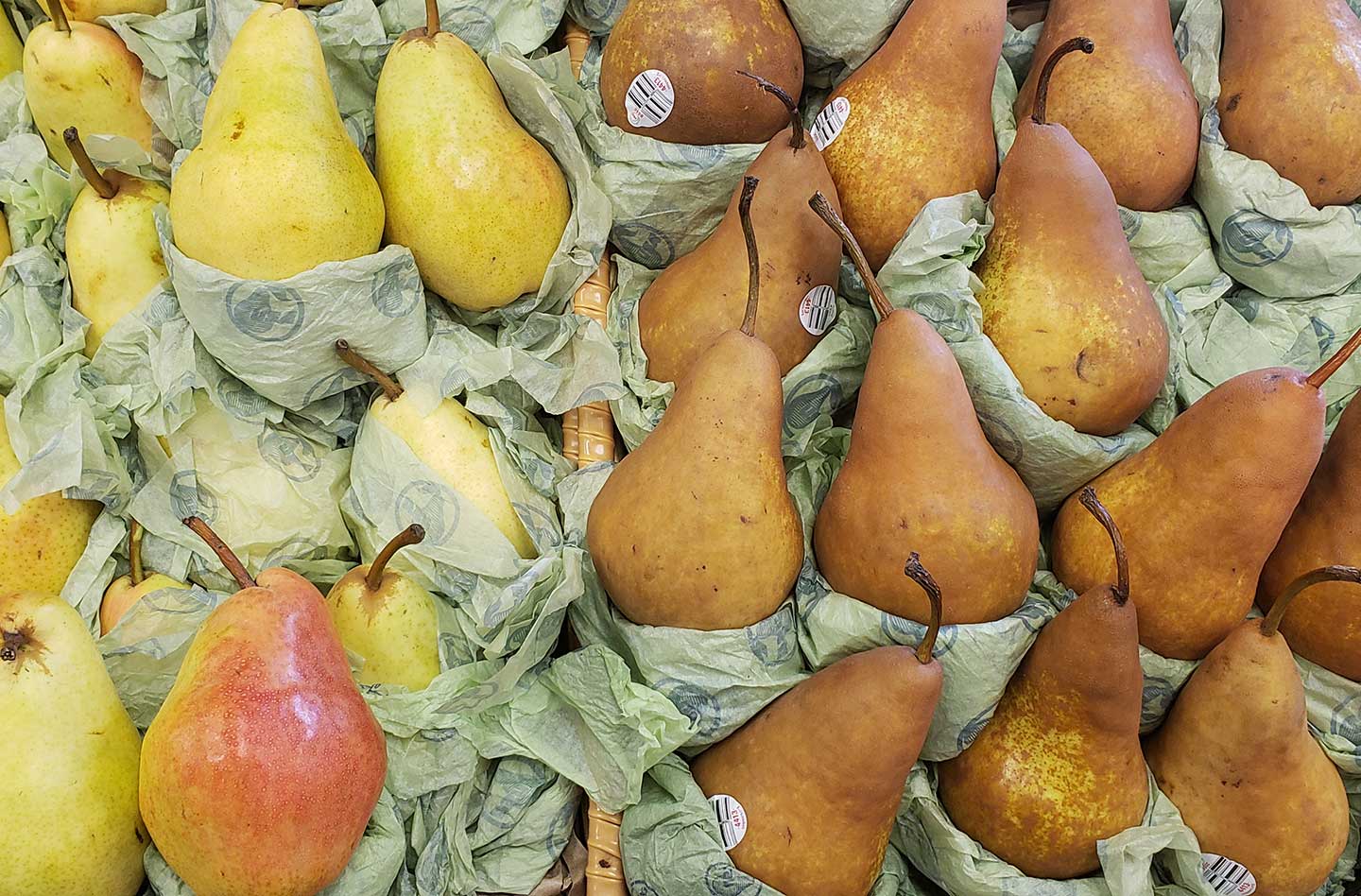
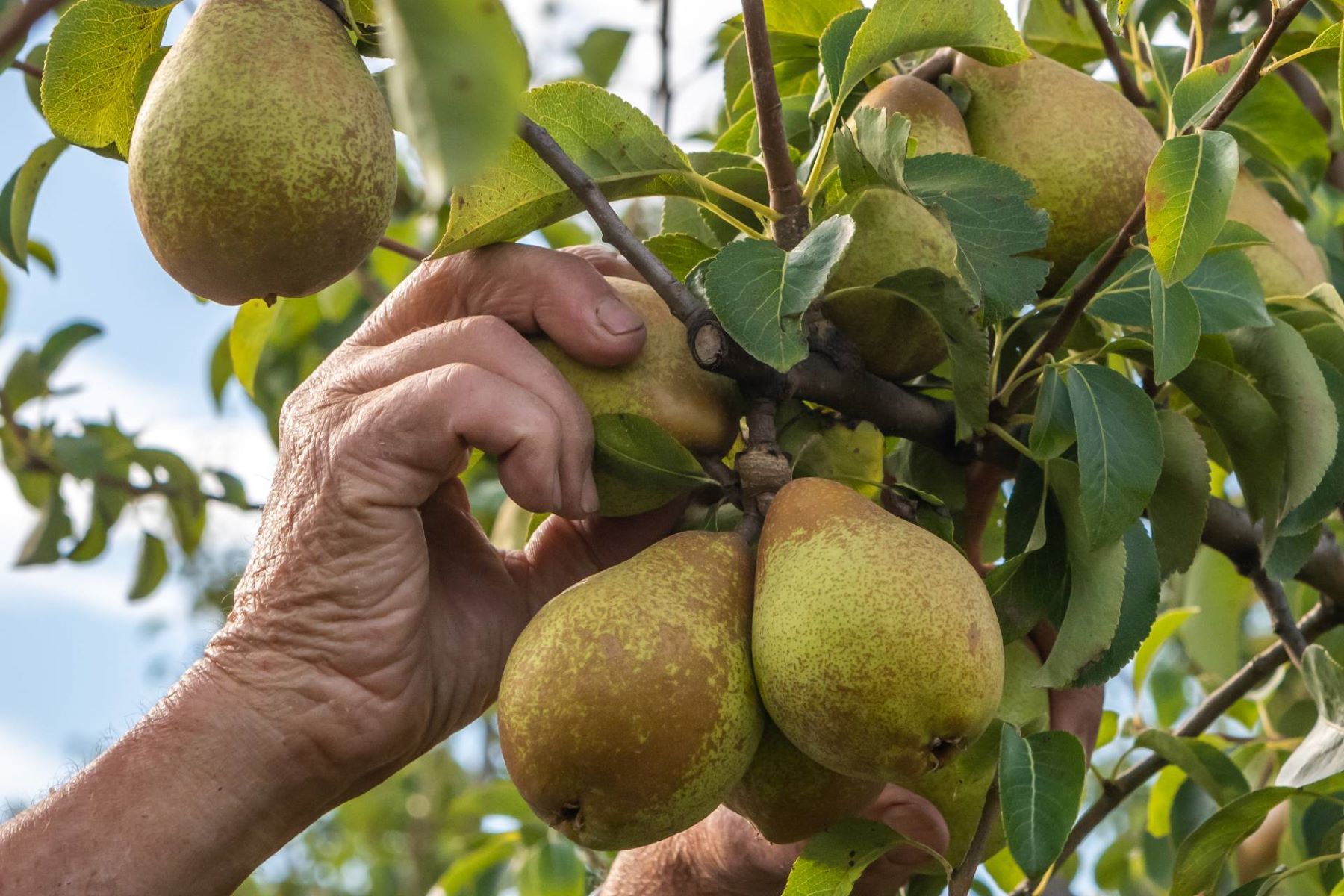
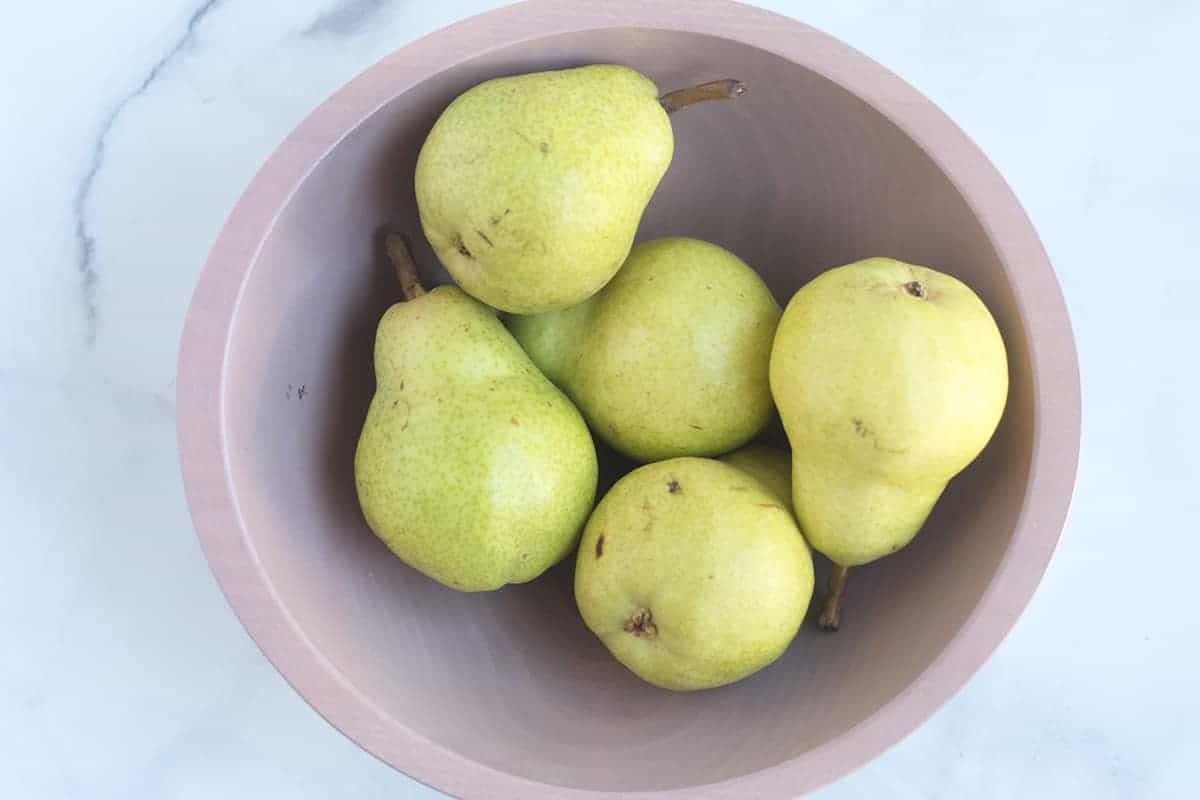
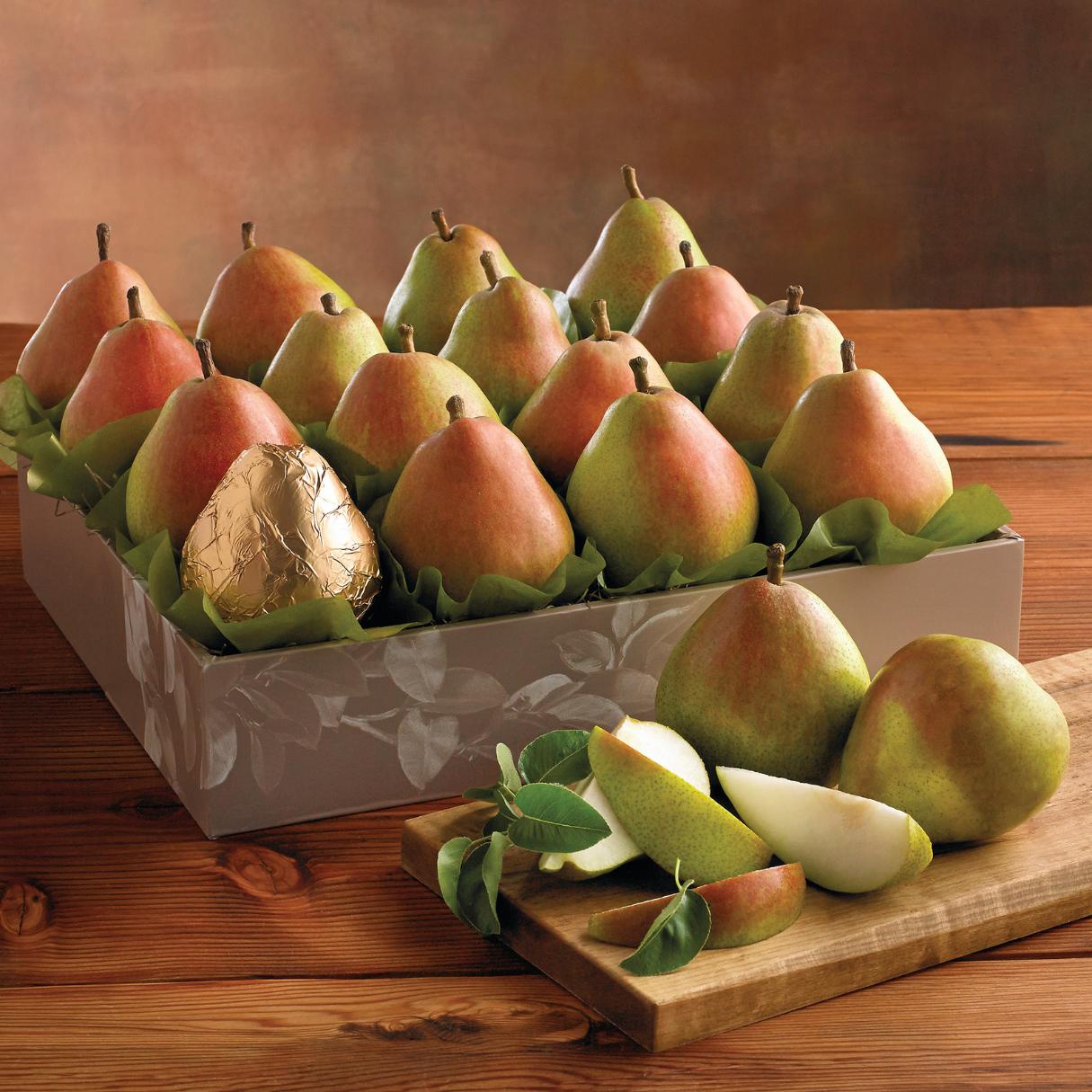
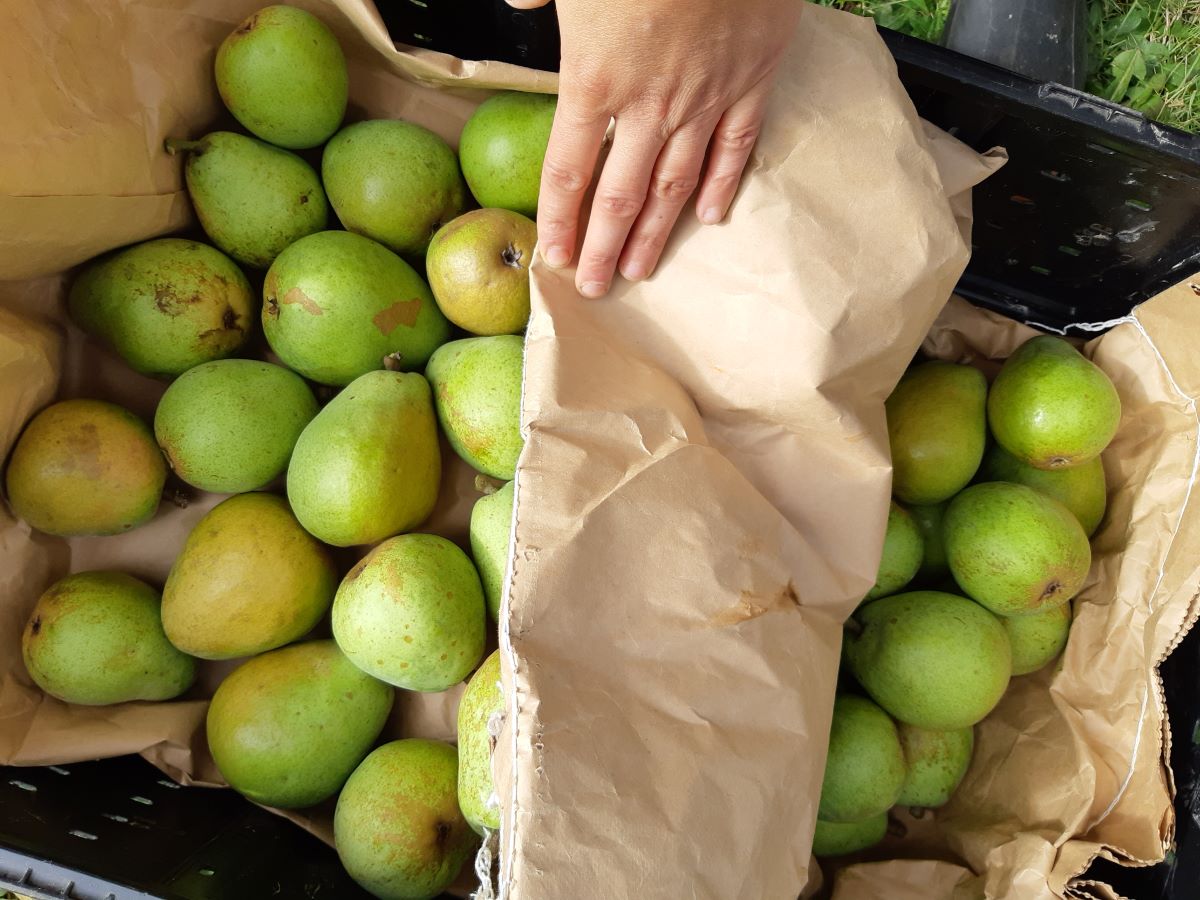
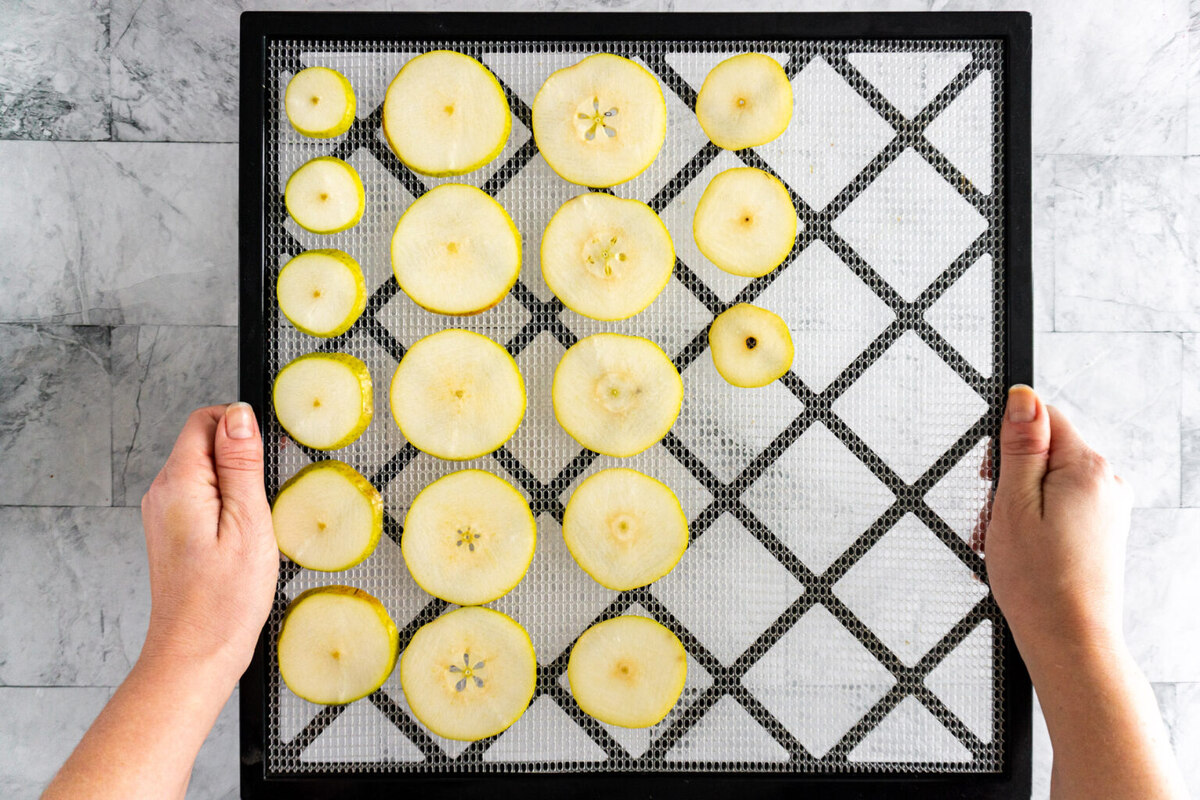
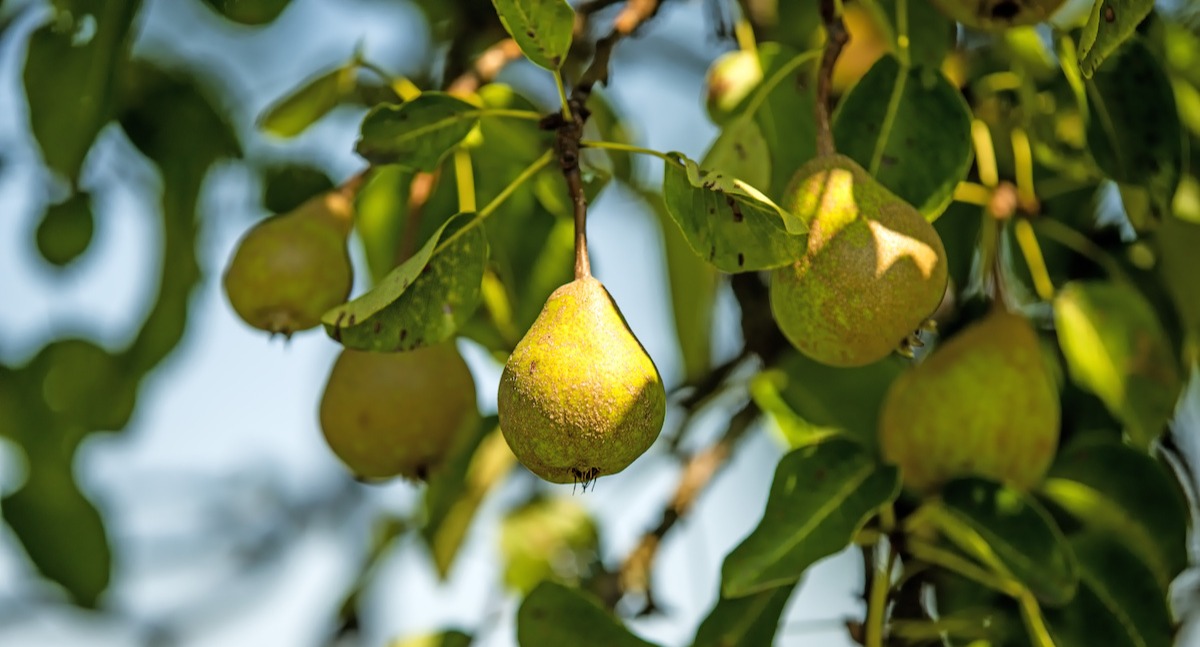
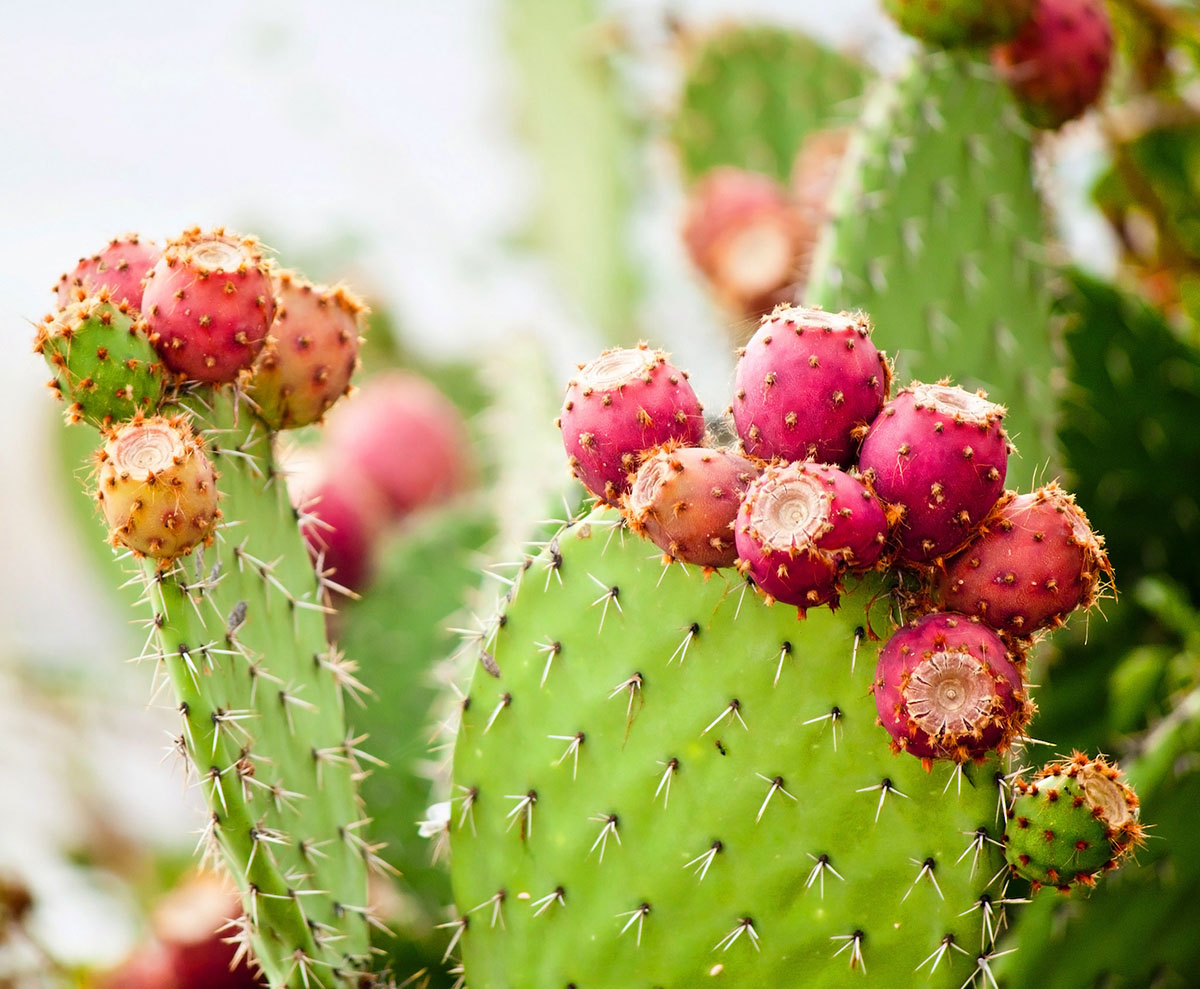
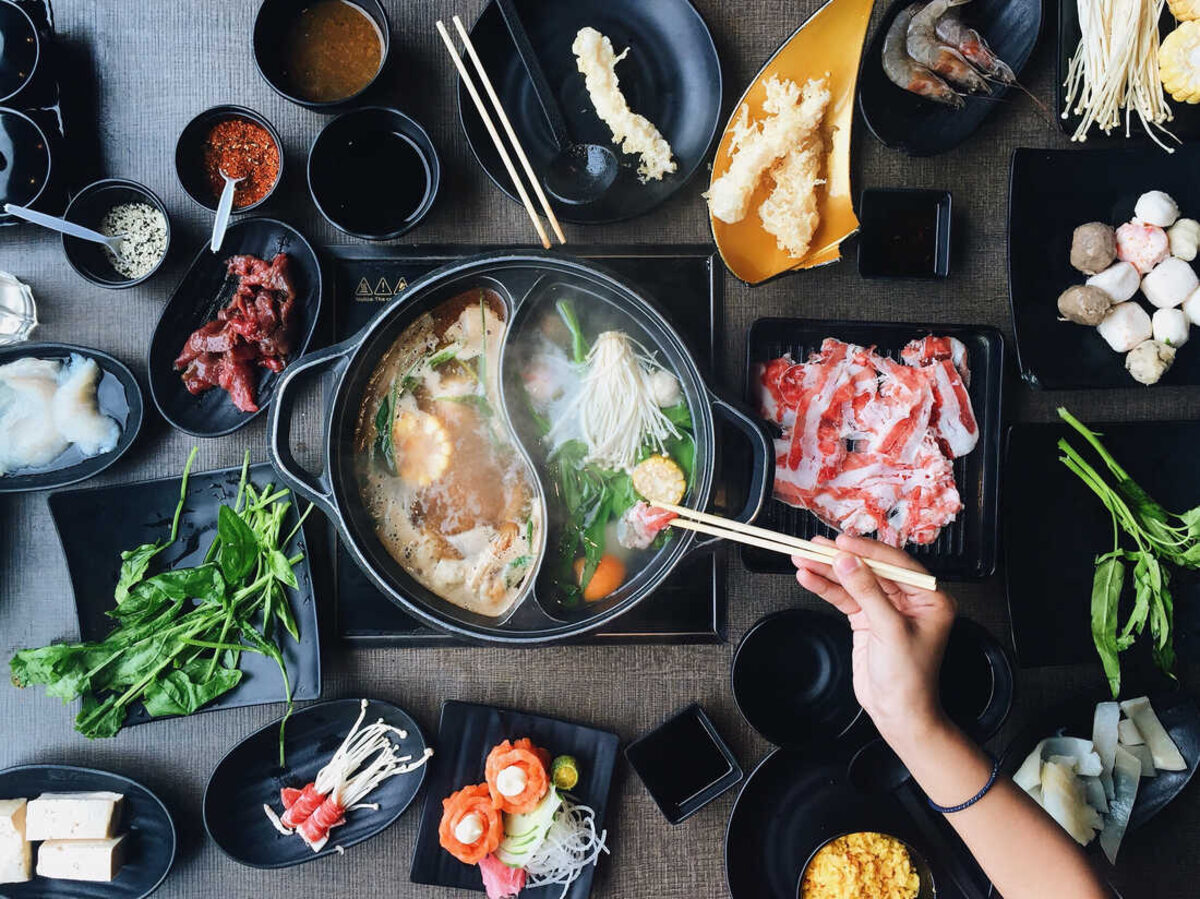



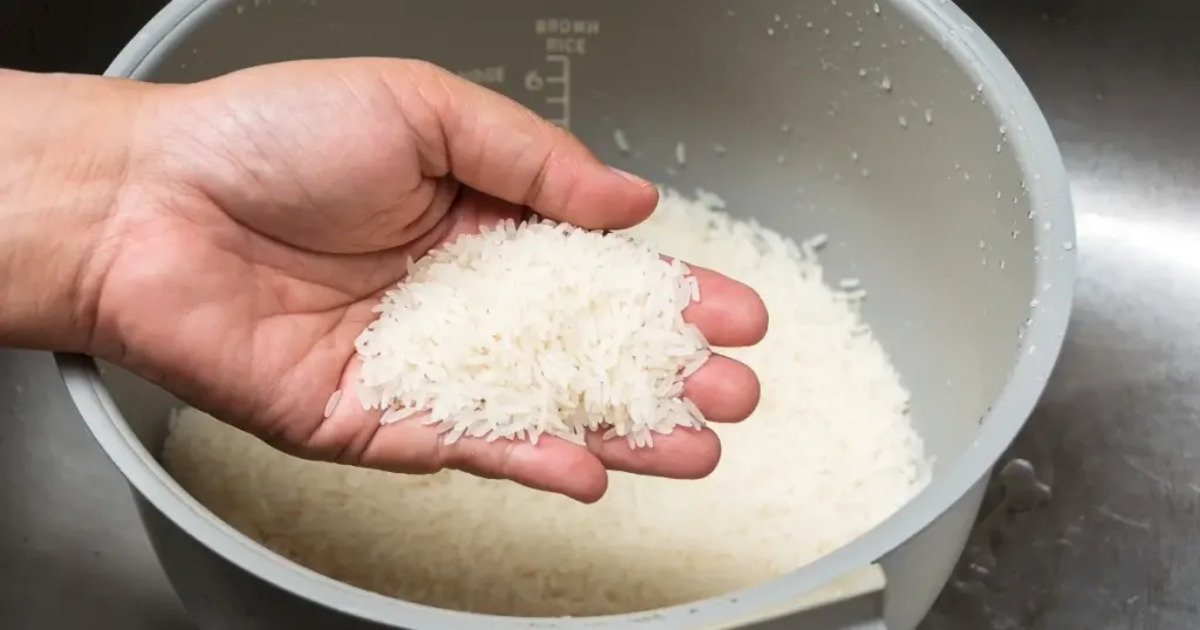

0 thoughts on “How To Store Asian Pears”